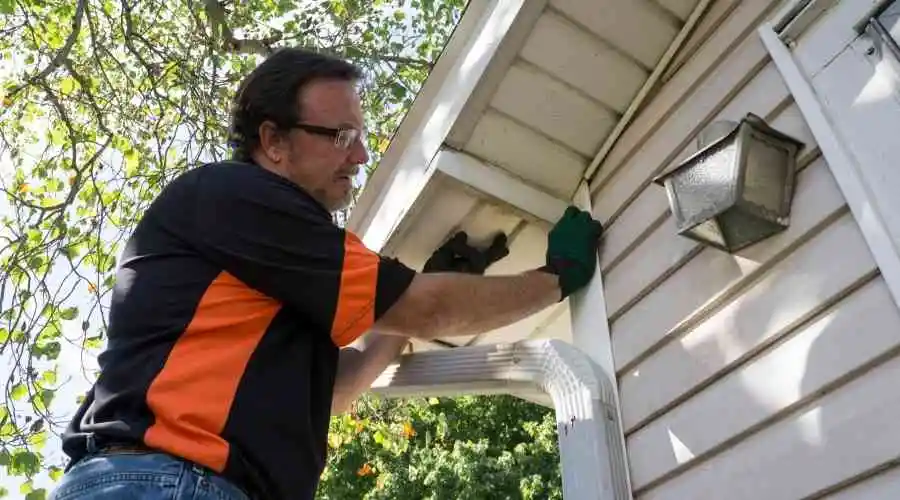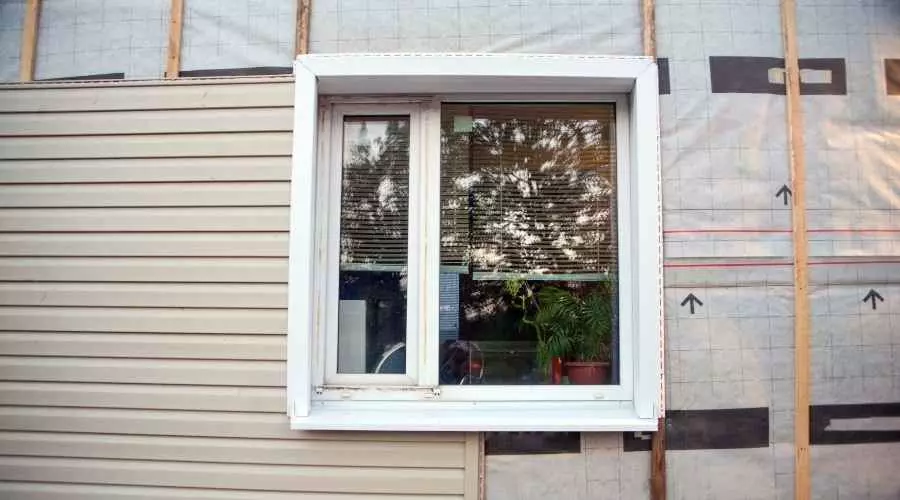The majority of homeowners place a significant amount of importance on the manner in which the outside of their houses looks. It is perhaps the most important decision you can make about your property since the way it looks has a significant influence on how much it will be valued in the future. They first choose the appropriate material, debating whether stucco or vinyl siding would be superior, and then determine how to proceed with the outfitting of the space.
When selecting a material that will be used to cover the exterior partitions of your house, it is necessary to take into consideration a few different elements. One of the challenges is deciding whether to use plaster or vinyl siding on the outside of the building. Before making your final decision, it is imperative that you, as is customary, think carefully about the differences between these two options.
STUCCO VS VINYL SIDING
When remodeling the outside of your house or looking for a material to use on the exterior of your home, stucco and vinyl siding are two popular options to consider. What kind of vinyl should you go with and what kind of stucco is the best? Why don't we start by helping you differentiate it from the other things?
The decision on the outside siding of your house is likely to be the most important one you will have to make in relation to your house. It is obvious that it is important to choose a material that will have a pleasing appearance and add to the overall curb appeal of the property. However, it is even more important to choose a material that will be able to withstand the unforgiving elements of the weather and the environment, or else you will probably end up footing a hefty repair bill.
STUCCO SIDING
We'll start out with the material used for stucco. You may recall it because of its rounded, earthy look and widespread distribution in regions characterized by high temperatures and low levels of moisture or humidity. Plaster, on the other hand, has a wider range of applications than one would usually anticipate.
Plaster is sturdy and brittle, and it requires little support due to its composition of concrete, sand, and limestone combined with water. If you ever decide to redecorate the outside of your house, removing stucco plaster may be an exorbitantly expensive and complicated process. This is one of the drawbacks of using stucco plaster. However, if you search online for someone in the area that performs stucco work, our specialists will be able to assist you in putting it up with no fuss at all.
VINYL SIDING
PVC, which is short for polyvinyl chloride, is the primary component of vinyl siding, which may be purchased in an extremely diverse range of colors, patterns, and designs. Because it is one of the most popular siding materials, it really should be personalized. Because of this, there is a strong reason why you should not worry about your house appearing exactly the same as every other person's home.
In most cases, it may be recognized by the lined patterns of boards that have the appearance of some type of plastic substance. Your outside will seem much more put together and organized if you choose vinyl siding. A unique benefit is the amount of energy it can produce. Its construction features a protective layer that regulates both the temperature in your house and the amount of money you spend on your monthly energy bills. Investigate the availability of contractors that install vinyl siding in the area.
DURABILITY IS THE MOST IMPORTANT FACTOR TO CONSIDER WHEN CHOOSING MATERIALS.
Toughness is essential if you want to save future maintenance and repair costs and headaches as much as possible. If you know how stucco walls are constructed, then you already know that they are long-lasting. It is able to adapt efficiently to the environmental conditions outdoors and can easily withstand wrap blasts of up to 130 miles per hour.
If it is properly maintained, it may last anywhere from sixty to one hundred years without being replaced, depending on how well it has been cared for. Vinyl, on the other hand, can withstand wind speeds of up to 110 miles per hour; but, in the event that damage is caused by the wind, it is likely the most straightforward material to replace.
According to contractors who work with stucco, the material is most frequently a popular choice of siding in drier, dry regions because it can endure heat well. However, it does not work out quite as well in rainier environments, which is an interesting point to consider when living in the Mid-Atlantic region. Vinyl siding that has been correctly installed is an excellent choice despite the fact that it will become wet since rain just rolls off of it.
BLURRING ISSUES
An additional notion is becoming unclear. Stucco has a tendency to lose its color over time, therefore it has to be painted periodically to maintain its vibrant appearance. The color of high-grade vinyl siding is heated into the material, making it resistant to breaking, stripping, dropping, decaying, and staining.
When the durability of anything grows, the amount of maintenance it requires drops. On the other hand, upkeep is a fundamental component in and of itself. When it comes to making a decision, this factor could serve as the determining factor for you as the owner of the property.
It is recommended that the vinyl siding be washed at least once a year, despite the fact that the two materials do not need the additional support of an extreme kind. The primary maintenance that this kind of siding calls for is a wash once a year, performed at the right intervals after its installation.
On the other hand, the sun will cause the stucco to yellow with time, so you will need to paint it every so often. In the same vein, you need to keep an eye out for any prospective cracks that may appear on its surface. The good news is that finding a solution to this issue won't be too difficult.
Conclusion
Vinyl siding may not be as popular as stucco, but it makes more sense to install it since it is simple, requires no maintenance, is less expensive, and has better energy efficiency. The stucco on the outside of your home will give it a more attractive look; nevertheless, it may not be the most cost- or energy-efficient choice for you. Get in touch with the contact the best stucco team right now for more details.



